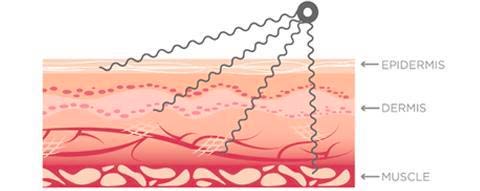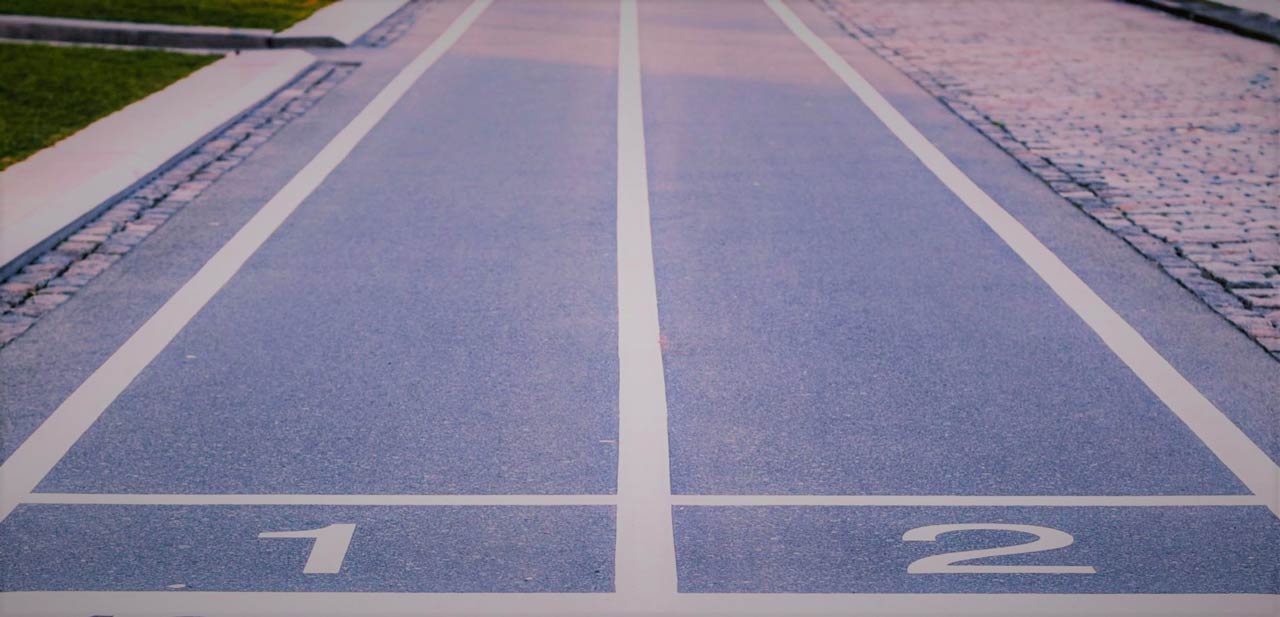Not all skin tightening technologies were created equal.
Both radio frequency and microcurrent technologies claim to lift your skin and reduce your wrinkles, so the big question is: which is better, microcurrent or radio frequency? Can you use rf and microcurrent together?
Different treatments for different layers
Dermatologists will tell you that the aging process is influenced by different factors in the skin – starting with the epidermis, the surface layer, that is heavily affected by UV damage and smoking. Then, the dermal layer where collagen and elastin are produced, the two proteins responsible for tightening and plumping the skin. Finally, the muscle layer, which can become lax as we age.
When you address each layer with its own dedicated treatment – you achieve enhanced wrinkle reduction and skin-tightening results. Microcurrent and radio frequency each target a different layer of our skin. Let’s get to know each technology separately, figure out which is better and how they can work together.
Radio frequency (RF) Skin Tightening
Radio frequency therapy works by using energy waves – known as radio waves– to help boost the proteins that give us tighter and younger-looking skin. While microcurrent focuses primarily on working the muscles underneath the skin, RF works to stimulate our skin cells.
When in contact with the epidermis, these radio waves generate gentle heat, which penetrates into your skin’s deeper layer known as the Dermis. There, it stimulates the production of collagen and elastin, which results in skin firming and wrinkle reduction.
It is completely non-invasive and safe. RF has been used in aesthetic treatments for over 15 years and has gone through several different technological generations.
Radiofrequency has also become a popular skin tightening method and treatments for the face are available from the comfort of home. Products like the NEWA RF wrinkle reduction device make RF treatment more accessible. NEWA is the most clinically validated home-use device available today, with over 40 published peer-reviewed studies by internationally renowned dermatologists and plastic surgeons showing proven visible results.
In addition, it feels like a warm facial massage and does not have any of the sometimes weird electricity sensation you get with microcurrent.

Microcurrent
Microcurrent uses low level electrical current that mimics the body’s natural current. Originally, this technology was developed to treat Bell’s Palsy patients who had sudden paralysis or weakness in facial muscles, but in recent years it has also become a popular skin tightening treatment.
This technology claims to re-educate the facial muscles to shorten or to lengthen which can result in a tightening effect. You may see some short term results, though microcurrent treatments are traditionally completed in a series and require some upkeep (like any exercise you’d do to maintain healthy muscles).

RF vs microcurrent
We asked Dermatology Specialist Dr. Lehavit Akerman what she thinks about the effectiveness of radiofrequency in general and NEWA in particular.
“I find it to be extremely effective both in the long term and short. The biggest advantage of RF, in my opinion, is that it’s been thoroughly studied and is both safe and clinically proven to tighten and lift by stimulating collagen production.”
One of the advantages of radio frequency vs microcurrent is that with RF, results appear over time long after you had your treatment. Collagen formation can come some 4 to 6 weeks after each NEWA treatment. So this means that after a month, you’re going to just start seeing the effects of the very first cycle you did. And the effects keep on giving from there on. This allows for longer-term results. With microcurrent, results are more short-term because the treatment focuses on stimulating the muscles under the skin to tighten them. Maintaining the skin’s lift requires continuous treatments.
Can I use rf and microcurrent together?
The answer is absolutely! Microcurrent and RF treatments are not only compatible but also enhance each other’s results by targeting different areas of concern and layers of the skin. NEWA treatments can be performed before or in between microcurrent treatments to increase the results while allowing the muscle to rest.
Conclusion
Both radio frequency and microcurrent are effective skin-tightening facial treatments that you can perform at home using devices like the NEWA RF wrinkle reduction device. But each treats a different layer of the skin: while microcurrent focuses on the muscles underneath, radiofrequency is about skin rejuvenation and boosting the proteins responsible for tighter skin where they are stored: in the Dermis.
Their different approaches are complementary and can complete each other. Microccurent is one of many ways you can maximize your RF treatment at home. The result is tighter and younger-looking skin, with no pain, no downtime and no needles! Sources used in the article:
https://pubmed.ncbi.nlm.nih.gov/12648216/
https://www.drfurze.com/blog/the-role-of-collagen-and-elastin-in-your-skin




